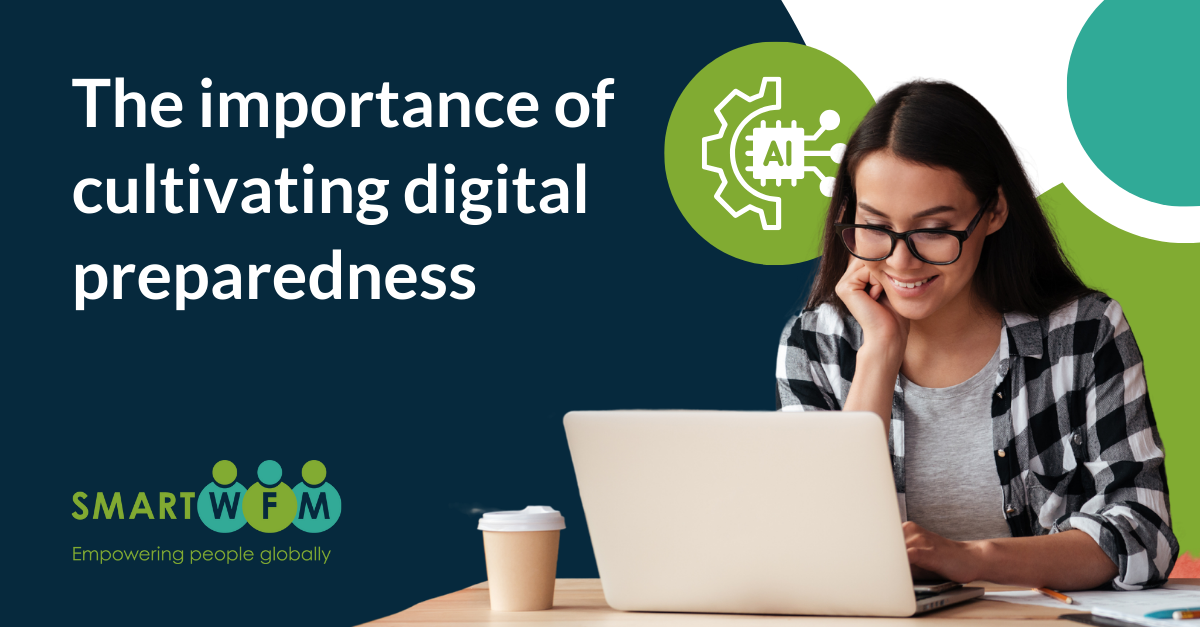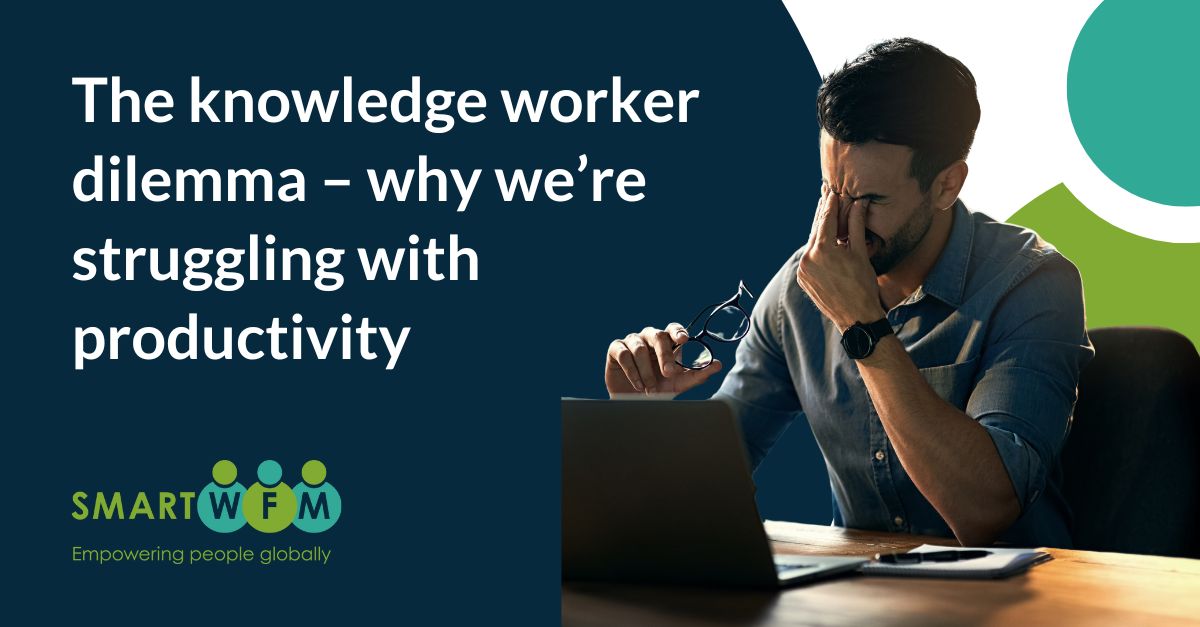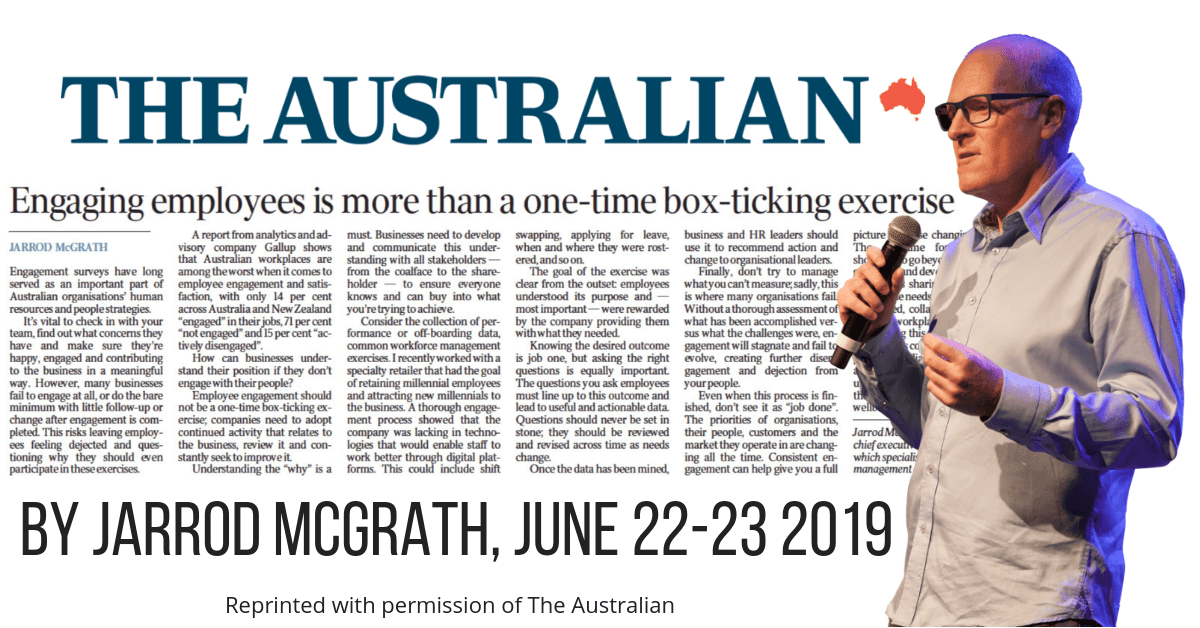The knowledge worker dilemma – why we’re struggling with productivity
Read Jarrod's blog, originally published on HRWorld SEA, about the challenges hindering productivity growth in the Asia-Pacific region and explore...

In my article on Consultancy.com.au, I delve into the importance of digital preparedness. I explore how organisations can build resilience against cyber threats and leverage technological opportunities to stay ahead.
If a zombie apocalypse hits the world tomorrow, who would be most likely to survive?
My guess is the survivalists who’d stockpiled food and medical supplies. It could also be outdoor enthusiasts with skills in navigation, setting traps and braving the elements. Or perhaps it’d be the physically strong, who’d cultivated an ability for combat, mobility and endurance with each early morning gym class.
One thing’s for sure: it’d be people who’d laid the groundwork for unexpected events. While this scenario is fanciful, the last few years have taught us to prepare for the unexpected.
One thing’s for sure: it’d be people who’d laid the groundwork for unexpected events. While this scenario is fanciful, the last few years have taught us to prepare for the unexpected.
Australia has withstood a pandemic and extreme weather events, and is now navigating ongoing economic turbulence. In the business world, two of the biggest shifts have been the rise of artificial intelligence (AI) and the escalating and evolving cyber threat.
AI exploded into the mainstream this year through generative AI tools like ChatGPT. These technologies are being used by millions each day to research topics and write reports. On the more extreme end, AI-enabled tools are detecting lung cancer faster than doctors and designing parts for spaceships.
The risks and opportunities are such that leaders around the world are hosting dedicated summits and rushing to regulate use of the technology.
Cyber crime has been rising in tandem with widespread tech adoption, but Australians really took notice when a string of high-profile brands were breached last year. Attacks against local entities have been rising each year, and a recent survey by the Australian Institute of Criminology confirmed nearly a quarter of respondents had fallen victim to malware. Only eight per cent of those formally reported the crime, suggesting actual figures are much higher.
You may be well versed in this information, but imagine just five years ago reading that in the future, robots were launching us into space and our identities were being traded between criminals on the Dark Web.
In the words of mathematician John Allen Paulos, “uncertainty is the only certainty there is”. And just like the hypothetical gym-goers facing the zombie apocalypse, when it comes to navigating roadblocks and opportunities with technology, leaders need to work on building a digital muscle.
Organisations with an eye on the future will be better equipped to deal with its inevitable challenges and opportunities. Just think back to when remote work was mandated at the start of the pandemic. Those with cloud capabilities were able to make this transition quickly, while those without scrambled to roll out the first video-conferencing software they came across, with interruptions to work and service delivery.
Now imagine an organisation with no cyber awareness or protections has its systems breached. Teams wouldn’t be able to detect let alone remedy the attack, and the criminal would enjoy unmitigated access to systems, the personal information of customers and private financial records. They may even hold the company to ransom.
By the time the problem is solved, with leaders left to rummage through the detritus of reputational and financial damage, the company is so far on the backfoot with digital innovation that it’s left in the dust of its competitors.
Contrast this to a company with clear cyber protocols, a mix of staff members armed with technical skills and a healthy pipeline of digital exploration. With all the bases covered, any threat would be thwarted upon arrival, and staff would already be thinking of new products and services to launch, or ways to make its workers’ jobs easier.
Indeed, a key part of building a digital muscle is ensuring each staff member has an advanced digital appreciation and capability. Not only because of ongoing technology skills shortages, which mean over-burdened IT teams are often slower at addressing business needs as they arise, but because workers increasingly expect this option.
A recent survey found 67 per cent of public service workers in Australia and New Zealand would leave their jobs if not given the chance to improve their digital skills. Given more than a third of Australian workers plan on leaving their current employer in the next 12 months, paying heed to these needs is essential.
Digital aptitude shouldn’t be limited to strictly digital fields, due to technology’s permeation of every aspect of the working world. Even jobs not typically in the knowledge worker category – such as retail assistants, on-site engineers and chefs – require the use of technology.
This could involve using a biometric finger scan to register attendance to work, ordering stock online or using a drone to survey a piece of land. An understanding of the workings of this technology, as well as its risks and limitations, is essential to stay ahead.
None of us know what tomorrow will bring, but we do know the speed with which technological innovations can take hold. To be in the best possible spot to mitigate threats and leverage opportunities, organisations simply must begin making these preparations now – before the figurative zombie takes its bite.
Jarrod McGrath is author of ‘The Digital Workforce’ and the recently-launched ‘The Modern CEO’. He is also CEO of Smart WFM, a global workforce management and human capital management consultancy.
Originally published by Consultancy.com.au
Written by Jarrod McGrath, July 14, 2023

Read Jarrod's blog, originally published on HRWorld SEA, about the challenges hindering productivity growth in the Asia-Pacific region and explore...
.jpg)
Explore Jarrod's analysis on global workforce evolution, first published on People Matters. This piece discusses digital readiness's pivotal role,...

Engagement surveys have long served as an important part of Australian organisations’ human resources (HR) and people strategies.